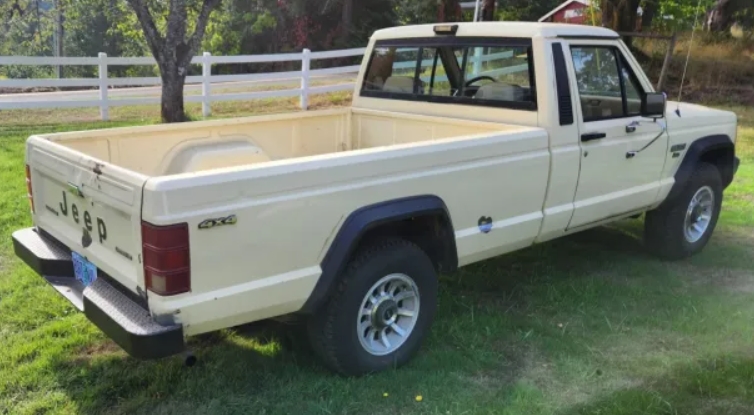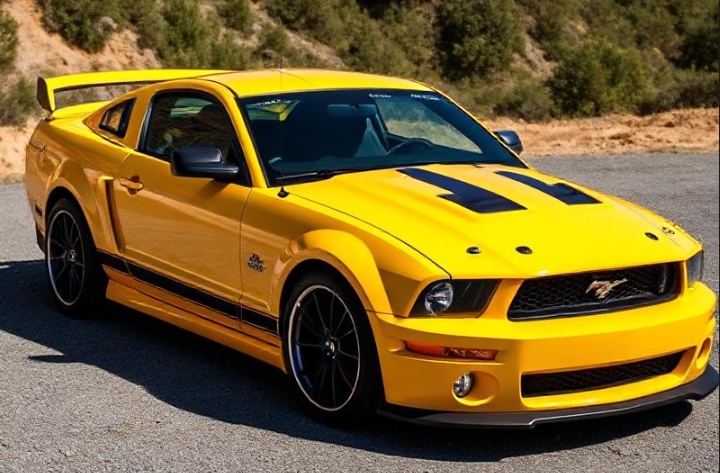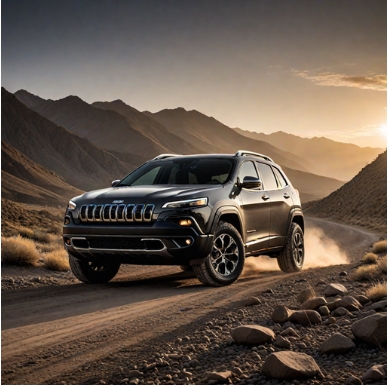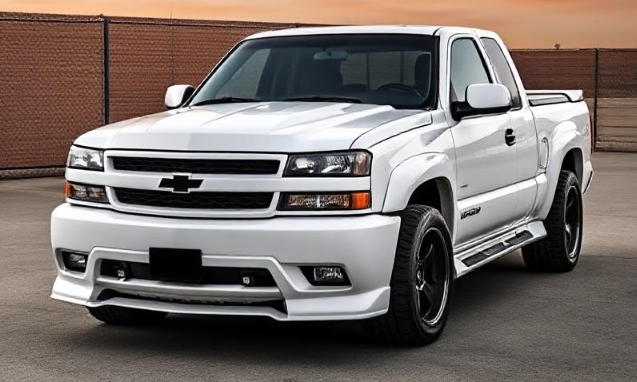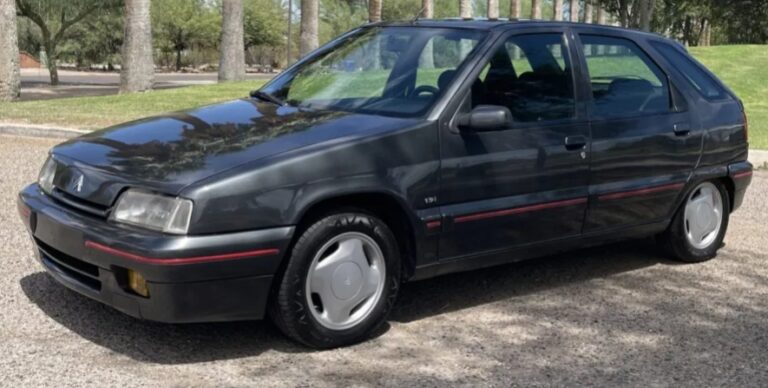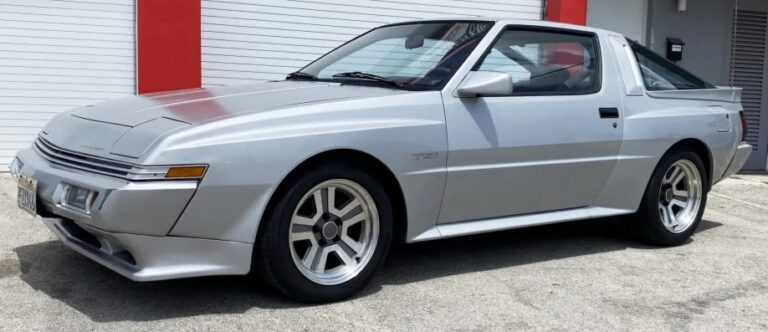The Evolution of the Jeep Comanche: A Classic American Pickup
Introduction
The Jeep Comanche is a unique chapter in the history of American pickup trucks, merging rugged utility with the adventurous spirit of Jeep. Produced by Chrysler under the Jeep brand from 1986 to 1992, the Comanche stands as a monument to the era of compact pickups. Drawing inspiration from its predecessor, the Cherokee SUV, the Comanche became known for its blend of off-road capability, versatile design, and innovative features. In this article, we’ll explore the evolution of the Jeep Comanche, detailing its production years, various models, and trim levels.
Production Timeline: 1986-1992
The Jeep Comanche was first introduced in 1986 and continued production until 1992, spanning a total of seven years. The Comanche shares its platform with the Jeep Cherokee, built on the same unibody frame, which contributed to its versatility and off-road capabilities. Jeep’s engineering team made the Comanche attractive not just for everyday use, but also for serious outdoor enthusiasts.
Models and Trim Levels
The Jeep Comanche was available in multiple models and trim levels throughout its production run, with variations that catered to different consumer needs. The primary models and their corresponding trims are detailed below.
1986-1992: Overview of Models
- Base Model
- The base model was the entry-level truck intended for utilitarian use. It was straightforward, with the necessary features without much in the way of luxury or excess.
- Pioneer Trim Level
- The Pioneer was the mid-range model that brought more comfort and convenience features than the base model. It often included AM/FM radios, better seat materials, and enhanced interior finishes.
- Laredo Trim Level
- Positioned as a more upscale option, the Laredo trim was perfect for buyers looking for more luxury within a compact pickup. Features often included a more comfortable seating arrangement, aluminum wheels, and other aesthetic enhancements.
- Chief Trim Level
- Introduced later in the production run, the Chief trim echoed the spirit of the Jeep brand with elements reminiscent of classic Jeep styling and design. This trim often featured unique decals and was tailored for enthusiasts.
- Sport Trim Level
- In the later years, the Sport trim catered more towards performance and sporty features. With an emphasis on handling and available upgrades like larger tires and improved suspension, it was marketed toward younger, active buyers seeking adventure.
- Comanche Eliminator
- Known for its enhanced style and features, the Eliminator series was aimed at consumers desiring a blend of performance and aesthetic appeal. It included sportier design elements like unique paint schemes and targeted young drivers.
Key Features and Innovations
Throughout its production, the Jeep Comanche came equipped with a range of engines and features that bolstered its reputation in the compact pickup market:
- Engine Options
- The Comanche initially offered a 2.5-liter four-cylinder engine producing around 105 horsepower, appealing to fuel-conscious drivers. In later years, buyers could opt for a more powerful 4.0-liter inline-six engine, generating up to 190 horsepower. This flexibility allowed a broader range of consumers to find a Comanche that suited their needs.
- Four-Wheel Drive
- The Comanche was highly regarded for its four-wheel-drive capabilities, giving it a leg up in off-road situations compared to its competitors. The optional Command-Trac 4WD system was a significant selling point, allowing for easy transitions between two and four-wheel drive.
- Payload and Towing Capacity
- The Comanche was designed to handle workloads effectively, with a payload capacity ranging from 1,200 to 1,500 pounds depending on the model and configuration. It had a towing capacity of up to 5,000 pounds, making it practical for hauling trailers, boats, or off-road toys.
- Body Styles
- The Comanche was primarily offered in two body styles—long bed and short bed. The long bed provided additional cargo capacity, perfect for those needing to haul larger loads, while the short bed appealed to consumers looking for improved maneuverability.
.

.
The Comanche’s Legacy
Despite its relatively short production lifespan, the Jeep Comanche left a lasting impression on the automotive landscape. It appealed to a niche market looking for a balance between ruggedness, utility, and Jeep’s unmistakable brand ethos. The design elements carried over from the Cherokee SUV helped solidify the Comanche’s identity as a true Jeep vehicle.
The Comanche’s production ended in 1992, primarily due to changing market dynamics. While it had carved out a loyal customer base, the shift toward larger trucks and SUVs diminished demand for compact pickups. By the early 90s, Jeep would pivot to focus on the Cherokee and later models, marking the end of the Comanche era.
Resurgence and Collectibility
Years after ceasing production, the Jeep Comanche has gained a devoted following, becoming a collector’s item. With the vintage automotive market on the rise, many classic trucks are appreciated for their nostalgic value and unique design. Enthusiasts often restore these vehicles to reflect their original glory or modify them for contemporary use. The Comanche is celebrated in off-road circles, with many owners undertaking projects that enhance its capabilities while retaining its classic appeal.
Final Thoughts
The Jeep Comanche represents an intriguing blend of functionality, style, and adventure. It was a testament to the brand’s ability to innovate and meet the needs of a diverse customer base. From its humble beginnings as a compact truck to its status as a sought-after classic, the Comanche reflects the spirit of Jeep and the versatility expected from American pickups. Its six-year production run may have been brief, but the Jeep Comanche has undoubtedly earned a spot in the annals of automotive history. For truck enthusiasts and Jeep aficionados alike, the Comanche remains a vehicle worth celebrating, appreciating, and preserving—living proof of an era when compact pickups were characterized by their toughness and versatility.
